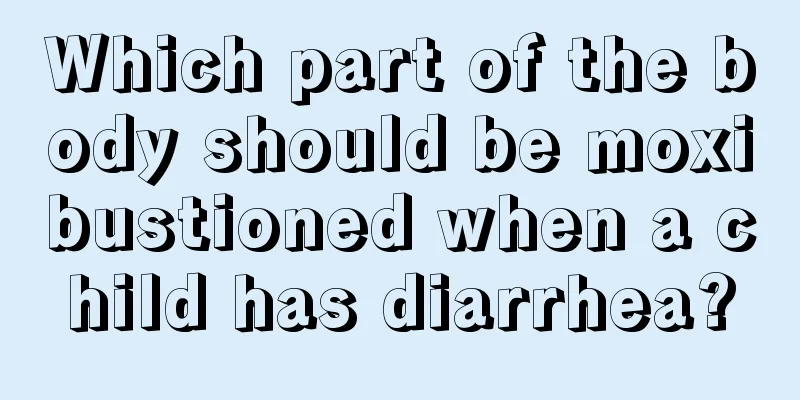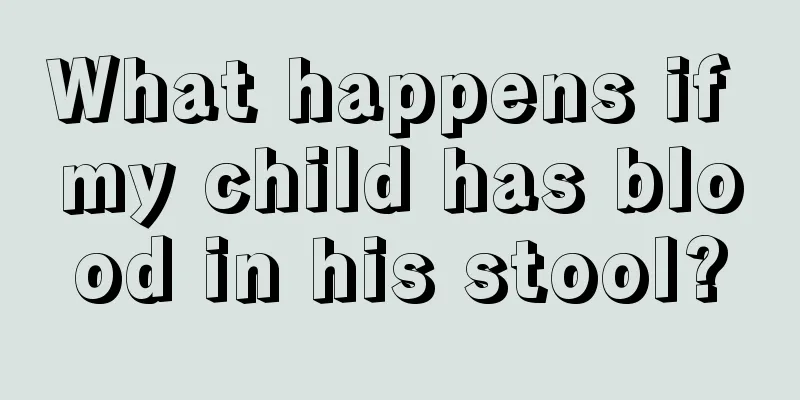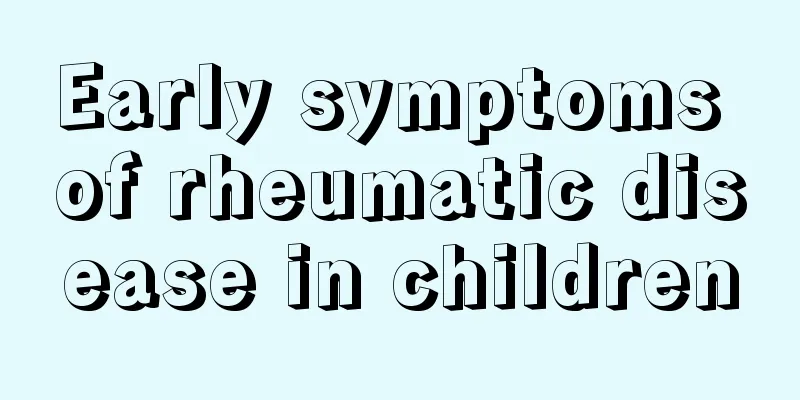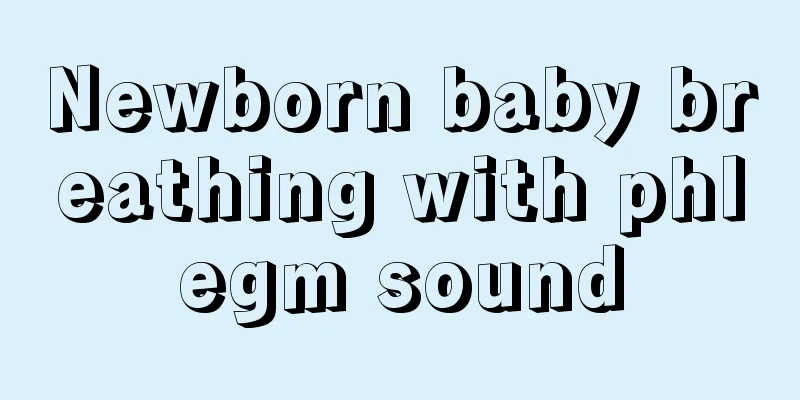What are the symptoms of thalassemia in children
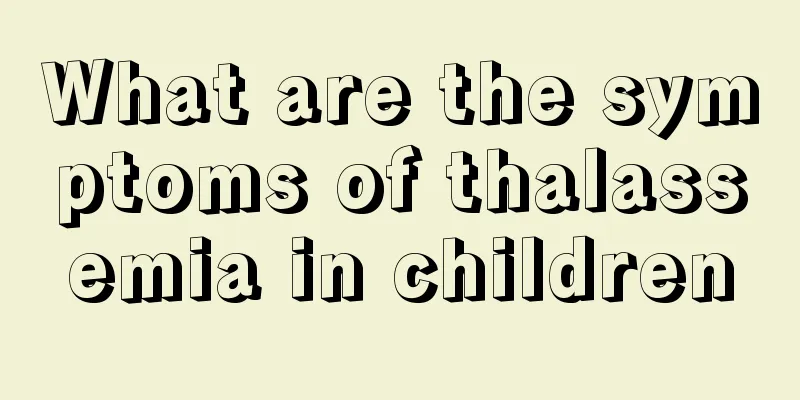
|
In our lives, there is a disease called childhood thalassemia, which is common in children. It is caused by the lack of globin gene in the child's body. Therefore, if you want to treat children's thalassemia, you should give the child some food that can supplement protein, otherwise it is likely to cause a decrease in hematopoietic stem cells and an increase in white blood cells in the body. So what are the symptoms of childhood thalassemia? 1. What is thalassemia in children? Thalassemia in children is abbreviated as thalassemia in children, also known as marine anemia. Because it is caused by a globin gene defect, it is professionally called "thalassemia". This disease is hereditary. The cause of the disease is simply that there is a genetic defect in the Hb globin, which leads to an obstacle in the synthesis of the corresponding globin chain, thereby causing changes in the composition of hemoglobin and ultimately leading to anemia. The clinical condition of most patients is chronic progressive hemolytic anemia. Areas with higher incidence rates abroad include Southeast Asia and the Mediterranean coast, and domestically, they are in the southern provinces of Guangxi, Guangdong, Hainan, Sichuan, and Chongqing, while the incidence rate in the northern region is relatively low. 2. Symptoms of Thalassemia in Children According to the synthesis disorders of different types of peptide chains, thalassemia can be divided into four types: α-thalassemia, β-thalassemia, δ-thalassemia, and γ-thalassemia. The most common clinical diseases are α-thalassemia and β-thalassemia. Due to the different severity of the situation, it can be divided into three types: mild, intermediate and severe. Among them, patients with the first two types can generally survive to adulthood, while severe patients are prone to die in childhood. Clinically, the earlier a child develops the disease, the more serious the condition. Thalassemia minor is difficult to detect and is often only discovered when investigating family medical history. 1. α-thalassemia (1) Static type. The child has no symptoms of anemia and the red blood cells are normal, but there are some abnormalities in the umbilical cord blood, that is, the Hb Barts content is between 0.01 and 0.02, but this abnormality will disappear after three months. (2) Lightweight. The patient did not have any symptoms of anemia. There are certain variations in the morphology of red blood cells, such as shape changes, uneven size, Heinz body positivity and central light staining. Normally, the Hb Barts level in cord blood is between 0.034 and 0.140, but this symptom disappears after 120 days. (3) Intermediate type. Also called hemoglobin H disease. Symptoms of mild to moderate anemia occur. At this time, the patient has symptoms of anemia, but the clinical manifestations such as when the anemia occurs and how much bleeding occurs vary greatly. Most children will develop anemia, fatigue, mild hyperbilirubinemia, or enlarged spleen and liver after one year of age. Most children with this degree of disease can only survive to adulthood. (4) Heavy. Also called Hb Barts fetal hydrops syndrome. Fetuses with this disease usually suffer miscarriage or stillbirth at 30-40 weeks. Even if born, the baby is likely to die within half an hour after delivery. After birth, the baby may show obvious anemia, enlarged liver and spleen, generalized edema, and a large and brittle placenta. 2. β-thalassemia (1) Lightweight. Children may have mild anemia and splenomegaly, or they may be asymptomatic or have features of mild splenomegaly. It is difficult to detect and is often ignored, and people can generally survive into old age. (2) Intermediate type. The children have no symptoms in early childhood and usually show symptoms in young children, with the severity ranging from mild to severe. The main symptoms include mild spleen, moderate splenomegaly, and mild bone changes. (3) Heavy. Also known as Cooley's anemia. There are no obvious characteristics at birth, but symptoms of chronic progressive anemia begin to appear between 90 days and one year old. Children generally have hepatosplenomegaly, pale complexion, and poor development, accompanied by mild hyperbilirubinemia, which becomes more obvious with age, and the bones will become larger and the medullary cavity will become wider. After the child is one year old, the skull undergoes significant changes: the head becomes larger, the distance between the eyes changes, the cheekbones become higher, and the nose becomes flat. This is the typical appearance of people with thalassemia. Children often develop complications such as bronchitis and pneumonia, and in severe cases even heart failure. If not treated, the child may die before the age of 5. This article introduces in detail what thalassemia is and the symptoms of children with thalassemia. If you are a new parent, you must be extra careful when you find that your baby has the symptoms described in this article. Your baby may be suffering from thalassemia, so you must choose the treatment method carefully. |
<<: Symptoms of heat and cold in children
>>: Symptoms of damp heat in children
Recommend
What should I do if my baby’s front teeth have cavities?
Children start to grow baby teeth at around five ...
Baby Nutrition Porridge Recipe Introduction
Many parents are confused about what kind of food...
The reasons why children have thinning hair cannot be ignored!
Many mothers watch their children grow up day by ...
Symptoms and treatment of laryngitis in children
We all know that pediatric laryngitis is a very c...
What to do if the two-year-old baby has ulcers at the corners of his mouth
Every change in the baby after birth is watched b...
The child always twists his neck. What should I do if the child twists his neck?
The health of children is always a concern for pa...
Reasons for newborn baby snoring
People say that sometimes they snore while sleepi...
Rehabilitation training methods for children with cerebral palsy
Many people are familiar with cerebral palsy. Thi...
What are the symptoms of night terrors in children?
Children's night terrors are a very common sl...
Causes of Henoch-Schonlein Purpura Nephritis in Children
Children's health is a problem that parents a...
Little boy urinates painfully
Raising a boy at home is a very worrying thing. G...
The baby has high jaundice on the second day after birth
Some babies develop symptoms of high jaundice on ...
What medicine should children take for colds?
It is very common for children to catch a cold du...
What to do if your child has tonsils that are thick
We all know that tonsils are an important part of...
What anti-inflammatory medicine is better for children with cough
Every family should have an emergency medicine ki...
